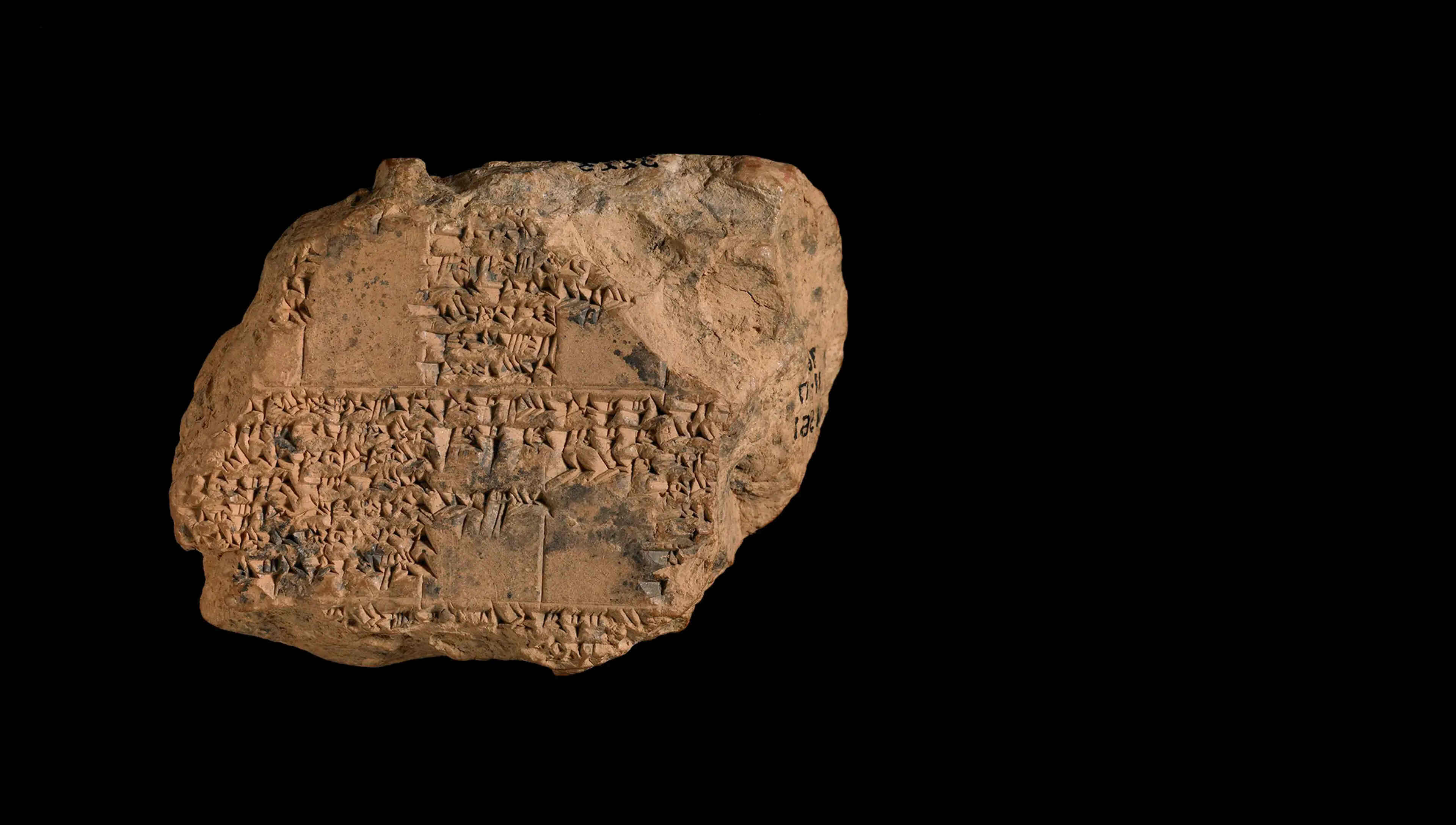
Did you know that Ancient Mesopotamia is often called the "Cradle of Civilization"? Nestled between the Tigris and Euphrates rivers, this region gave birth to some of the earliest and most advanced civilizations, including the Sumerians, Babylonians, and Assyrians. These ancient peoples made groundbreaking contributions to astronomy, laying the groundwork for Western astronomical practices. From developing the cuneiform script to creating mathematical models for predicting celestial events, their achievements were nothing short of remarkable. They meticulously recorded their observations on clay tablets, influencing later Greek and Islamic astronomers. Dive into the fascinating world of Ancient Mesopotamian astronomy and discover how their innovations continue to impact us today.
Key Takeaways:
- Ancient Mesopotamian astronomy, originating with the Sumerians and Babylonians, laid the foundation for future civilizations' astronomical knowledge and practices, influencing cultures across various regions and shaping the development of scientific methods.
- Mesopotamian astronomers used innovative tools and techniques, such as the sexagesimal system and astronomical diaries, to make significant contributions to the field of astronomy, including predicting celestial events and developing mathematical models.
The Origins and Early Developments of Mesopotamian Astronomy
Ancient Mesopotamia, often called the "Cradle of Civilization," was home to some of the earliest and most advanced civilizations. Their contributions to astronomy laid the groundwork for future generations.
- The origins of astronomy can be traced back to Mesopotamia, where the Sumerians, Assyrians, and Babylonians flourished.
- The Sumerians are believed to have been the first astronomers, passing their knowledge to the Babylonians.
- The Mesopotamians developed the cuneiform script, enabling them to record astronomical observations.
- This script, used from around 3500 to 3000 BC, involved pressing reeds into wet clay to create wedge-shaped marks.
Sumerian and Babylonian Contributions
The Sumerians and Babylonians made significant strides in astronomy, influencing later cultures and civilizations.
- The Sumerians used the sexagesimal system of measurement, dividing circles into 360 sections.
- The Babylonians meticulously plotted the movement of the sun and moon to track seasons from 1800 BC.
- Chaldeans, priest-astronomers, were responsible for these observations and predictions.
- The Enûma Anu Enlil, a series of seventy tablets, recorded astronomical observations and political events.
Tools and Techniques
Mesopotamian astronomers employed various tools and techniques to measure and predict celestial events.
- The Babylonians used gnomons and waterclocks to measure time.
- The Venus Tablet of Ammisaduga records the first and last risings of Venus over a year.
- The sexagesimal system simplified recording large and small numbers.
- Astral theology tied planetary gods to Mesopotamian mythology and religion.
Chaldean Astronomers and Predictive Astronomy
Chaldean astronomers played a crucial role in advancing Mesopotamian astronomy, focusing on the predictability of celestial phenomena.
- Chaldeans specialized in astrology and other forms of divination.
- Babylonian astronomers recognized the periodicity of cosmological objects.
- The Venus Tablet of Ammisaduga lists Venus's risings over about 21 years.
- Seleucus of Seleucia proposed a heliocentric model, suggesting the sun lay at the universe's center.
Astronomical Diaries and Historical Significance
The Astronomical Diaries provide valuable insights into the scientific methods and historical context of ancient Mesopotamia.
- These diaries recorded important events, like the death of Alexander the Great.
- Babylonian astronomers created mathematical models to predict celestial phenomena.
- The systematic records of ominous phenomena allowed for the discovery of an 18-year cycle of lunar eclipses.
- Babylonian astronomy significantly influenced Greek astronomy, including Ptolemy's work.
Legacy and Influence on Later Cultures
The impact of Mesopotamian astronomy extended far beyond their own civilization, influencing various cultures and regions.
- Babylonian astronomy laid the foundation for Greek and Hellenistic astronomy.
- Islamic astronomers built upon Babylonian models, resolving problems in the Ptolemaic model.
- The rediscovery of Babylonian astronomy in the 1880s marked a significant turning point in the history of science.
- Otto Neugebauer's work established a new foundation for understanding Babylonian astronomical methods.
Systems and Mathematical Models
Babylonian astronomers developed sophisticated systems and models to predict celestial events accurately.
- Neugebauer identified two methods of calculation, known as Systems A and B.
- System A was used for lunar calculations, while System B was used for planetary calculations.
- Babylonian astronomers used a purely scientific method to observe the skies and collect data.
- The Astronomical Diaries provide a unique insight into the scientific method and historiography in ancient Mesopotamia.
Observations and Festivals
Astronomical observations were integral to Mesopotamian culture, influencing their festivals and daily life.
- Babylonian astronomers made systematic records of celestial events, including lunar eclipses and planetary movements.
- The Akitu festival, celebrated in the spring, marked the beginning of the Babylonian year.
- Ziggurats, towering structures, were often used for astronomical observations.
- A lunar ephemeris is a table of the moon's positions at regular intervals, developed by the Babylonians.
Influence on Other Regions
Mesopotamian astronomy's influence reached various regions, shaping their astronomical practices and knowledge.
- The development of the universal latitude-independent astrolabe by Muslim astronomers was influenced by Babylonian models.
- Babylonian astronomy also influenced Central Asian astronomy through the Silk Road.
- Byzantine astronomy continued to use and develop Babylonian techniques.
- Syrian astronomy, particularly in Palmyra, applied Babylonian methods to understand celestial phenomena.
Texts and Catalogues
Ancient Mesopotamian texts and catalogues provide valuable insights into their astronomical knowledge and practices.
- The Venus tablet of Ammi-saduqa lists Venus's risings over about 21 years.
- The MUL.APIN contains catalogues of stars and constellations, predicting heliacal risings and settings of planets.
- The GU text arranges stars in 'strings' along declination circles, measuring right-ascensions or time-intervals.
- The GU text also employs stars of the zenith, separated by given right-ascensional differences.
Historical Developments and Contributions
Significant developments in Babylonian astronomy occurred during various historical periods, contributing to their advanced knowledge.
- A significant increase in the quality and frequency of observations appeared during Nabonassar's reign (747–733 BC).
- The last stages in the development of Babylonian astronomy took place during the Seleucid Empire (323–60 BC).
- Seleucus of Seleucia proposed a heliocentric model, demonstrating advanced thinking and reasoning.
- The Astronomical Diaries provide a wealth of historical information, including the death of Alexander the Great.
- Mesopotamians made significant cultural and technological contributions, such as creating the wheel and developing irrigation canals.
The Legacy of Mesopotamian Astronomy
Ancient Mesopotamian astronomy laid the groundwork for much of what we know today. From the Sumerians to the Babylonians, these early astronomers developed sophisticated techniques and tools like the cuneiform script and sexagesimal system. They meticulously recorded celestial events, creating detailed astronomical diaries and mathematical models. Their work influenced Greek, Roman, and Islamic astronomy, leaving a lasting impact on the field. The Astronomical Diaries and other texts provide a unique window into their scientific methods. Rediscovered in the 1880s, these records have reshaped our understanding of ancient science. The Library of Ashurbanipal and the contributions of figures like Seleucus of Seleucia highlight the rich cultural and scientific heritage of Mesopotamia. Their legacy continues to inspire and inform modern astronomy, proving that the stars have always been a source of wonder and knowledge.
Frequently Asked Questions
Was this page helpful?
Our commitment to delivering trustworthy and engaging content is at the heart of what we do. Each fact on our site is contributed by real users like you, bringing a wealth of diverse insights and information. To ensure the highest standards of accuracy and reliability, our dedicated editors meticulously review each submission. This process guarantees that the facts we share are not only fascinating but also credible. Trust in our commitment to quality and authenticity as you explore and learn with us.


